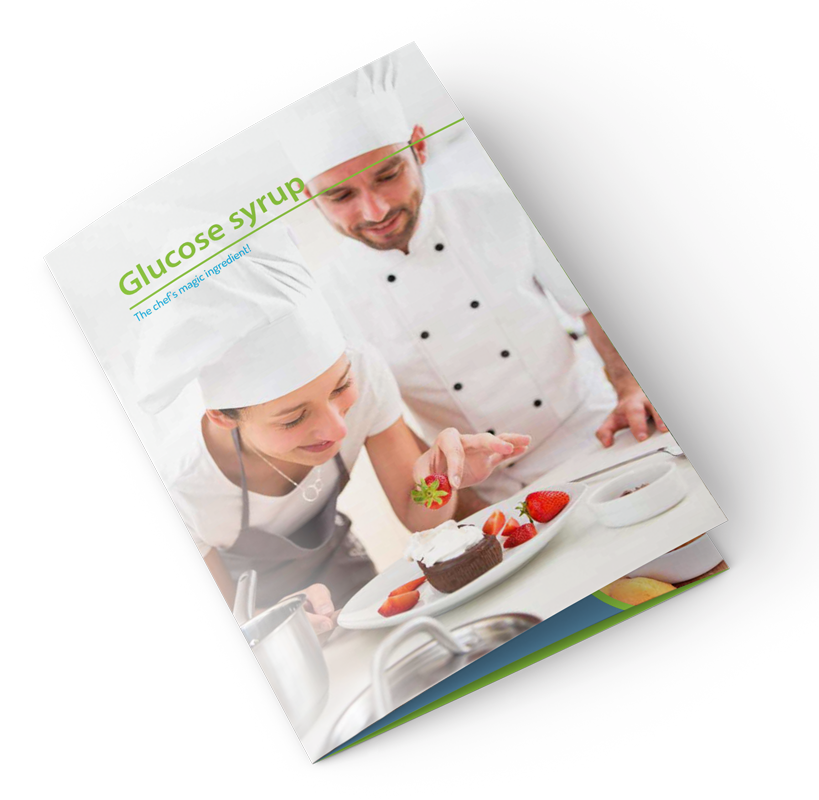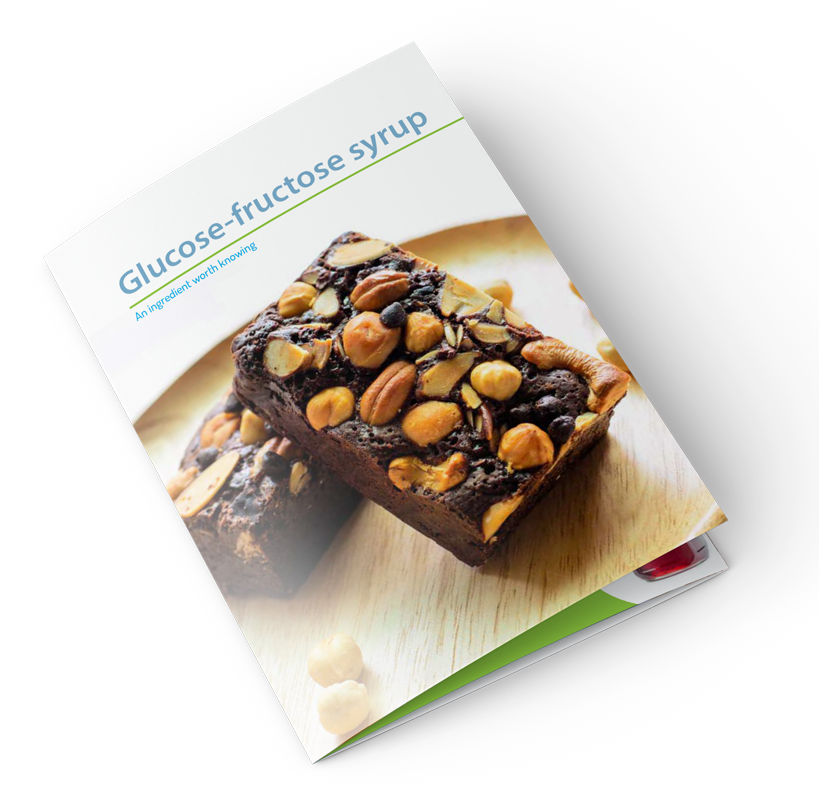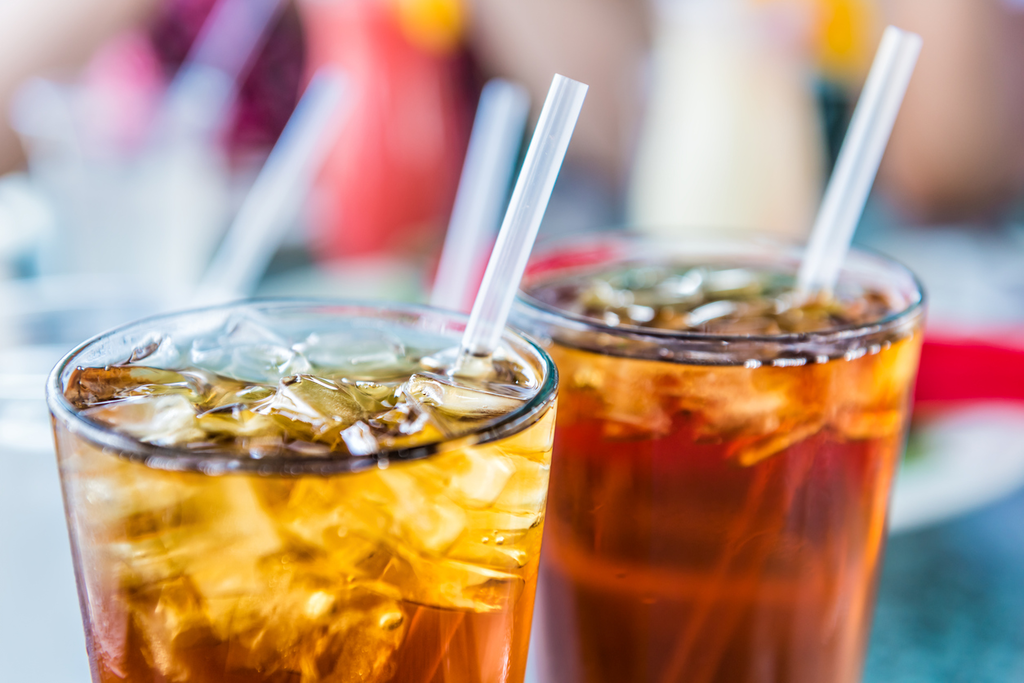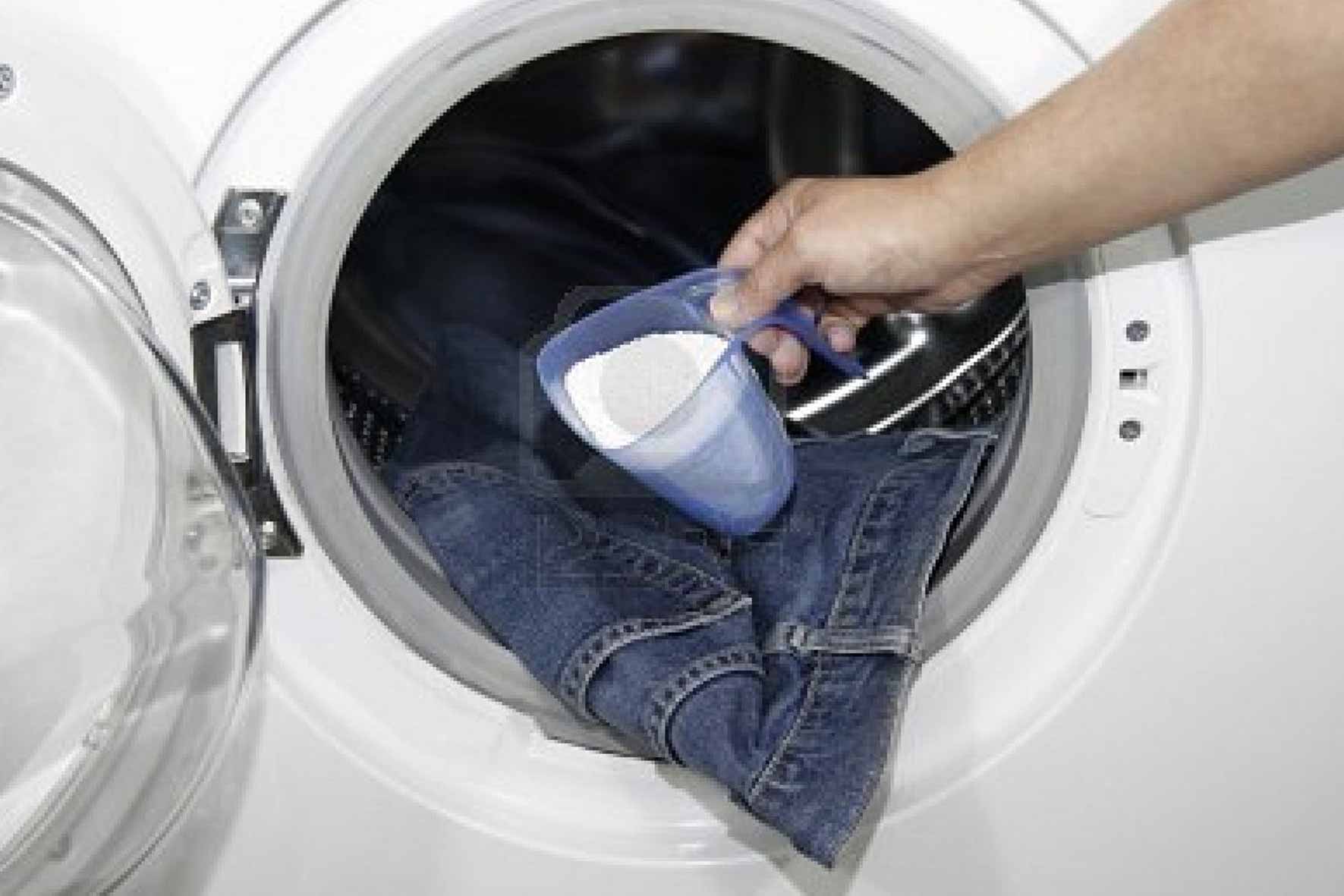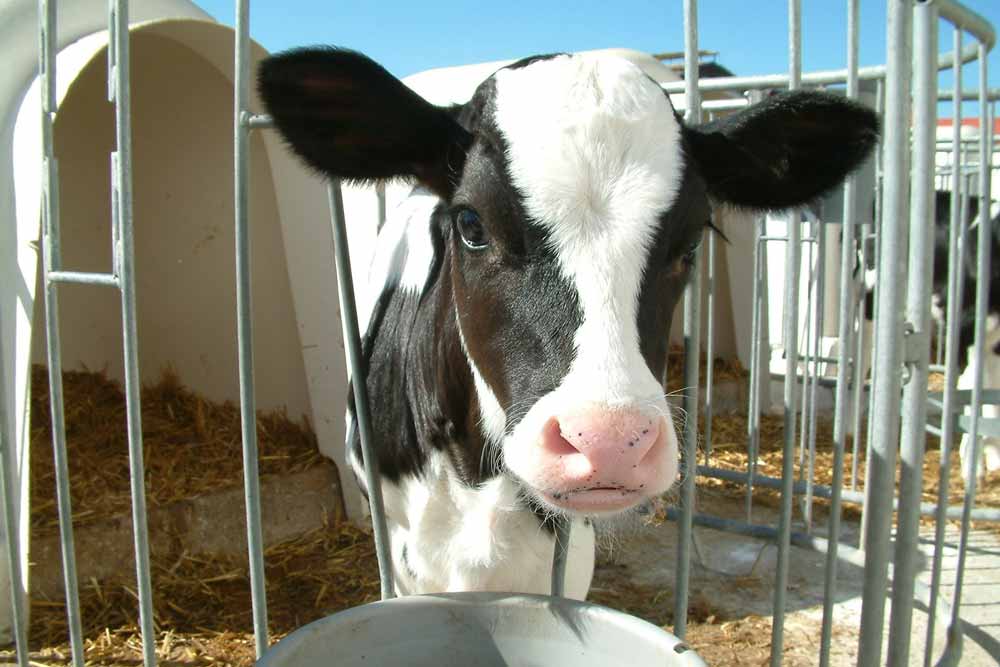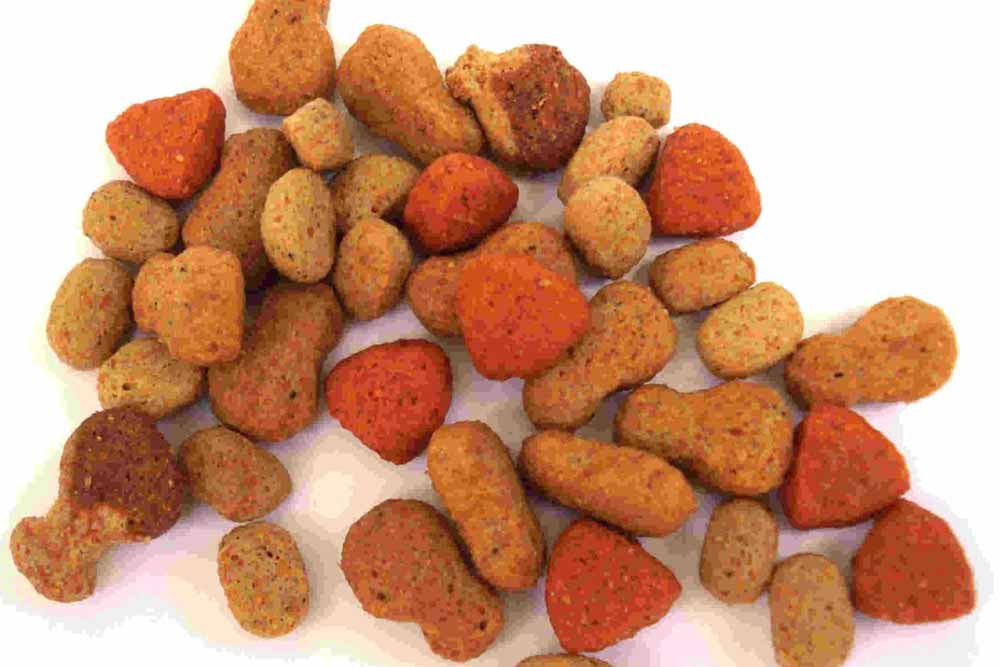What are Starch-Based Sugars
The starch molecule consists of a large number of glucose units. Glucose has been essential in the food industry since the 19th century, when Europeans sought to substitute products for cane sugar which was in short supply. The industrial process of starch hydrolysis first appeared in 1811 when German scientist KIRCHOFF discovered that it was possible to give a sweetened character to starch by heating with water and sulphuric acid. Later during the 1960’s enzymatic technologies began to be used in the industry for starch hydrolysis: this interest in enzymes for use in the starch industry has increased significantly.
Starch-based sugars meet the demand of sweetening mixtures and bring additional functionality to many sectors (beverages, confectionery, dairy products…), contributing to the texture, colour stability and flavour of the final product. For example, glucose syrups are used in confectionery mainly for their anti-crystallizing role, while in brewing they are especially used for their sweetening power.
Glucose syrups can adapt, as with the starch from which they result, into a considerable variety of products, each developing specific properties. The hydrolysis -by the important choice of the enzymatic transformation- allows the production of very broad ranges of products with a wide spread of sweetening capacity, texture and taste.
Sugars Produced by the starch industry include:
* For the terms mentioned above as being used as legal designation, the so-called EU “sugars directive” (Directive 2001/111/EC) provides a definition and specifications.

